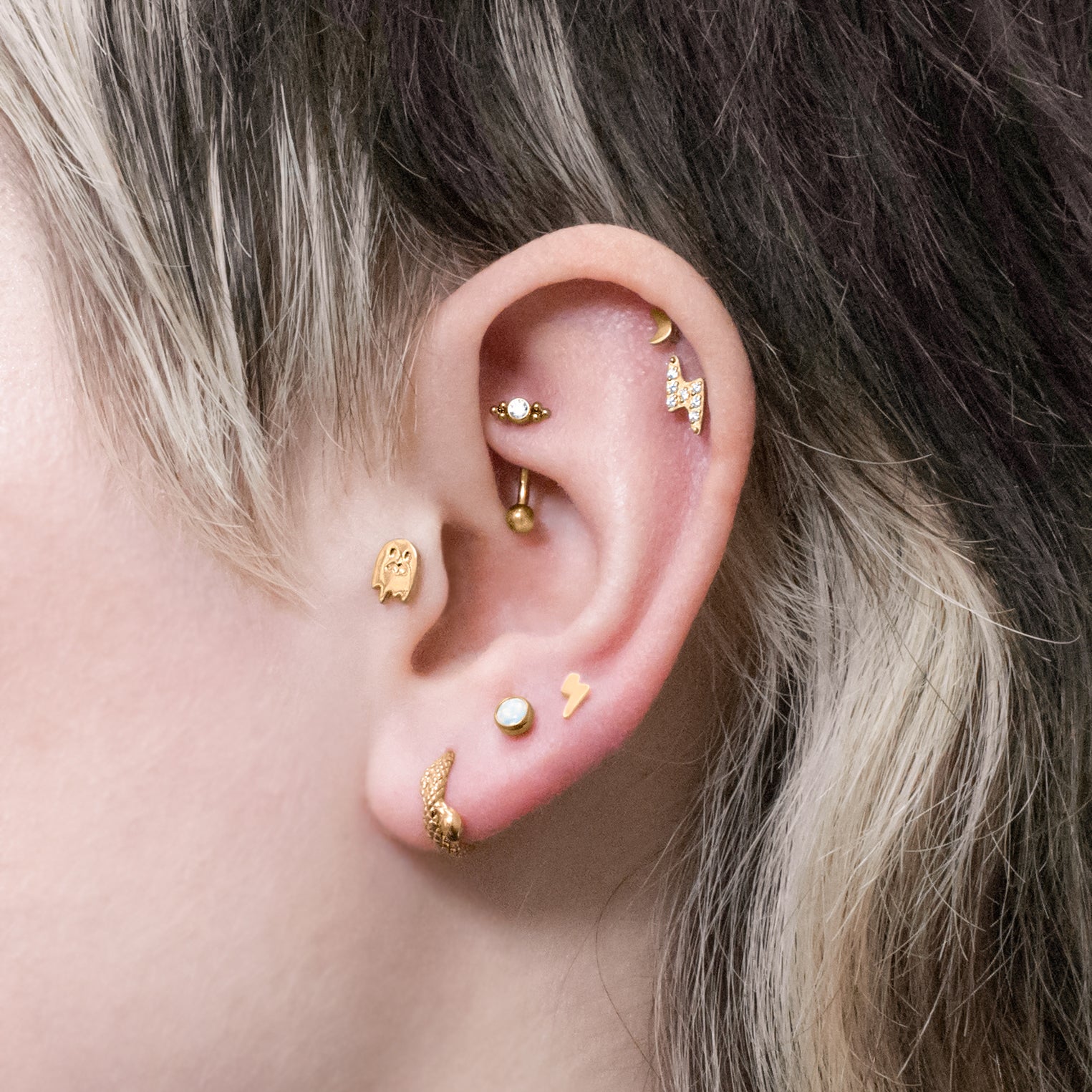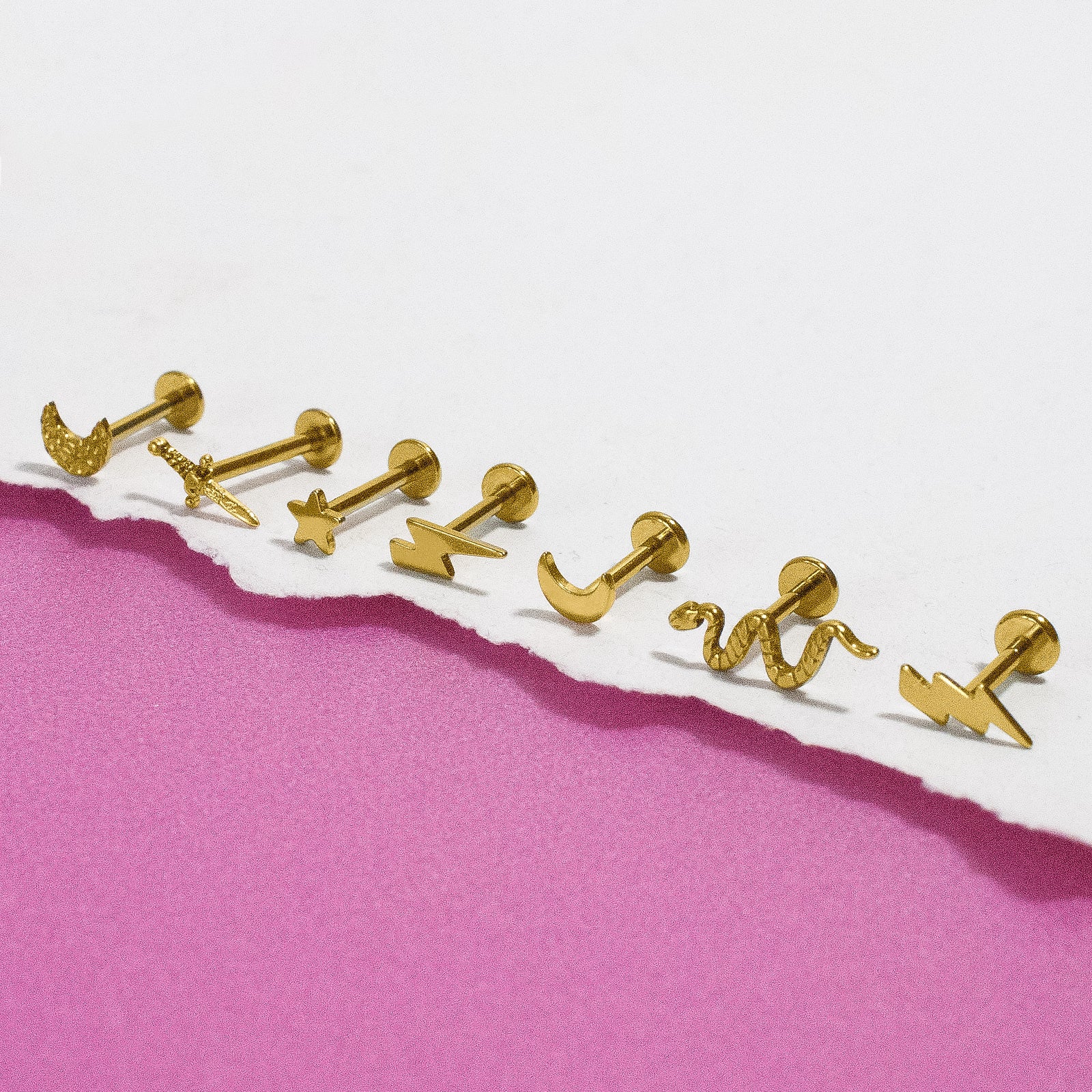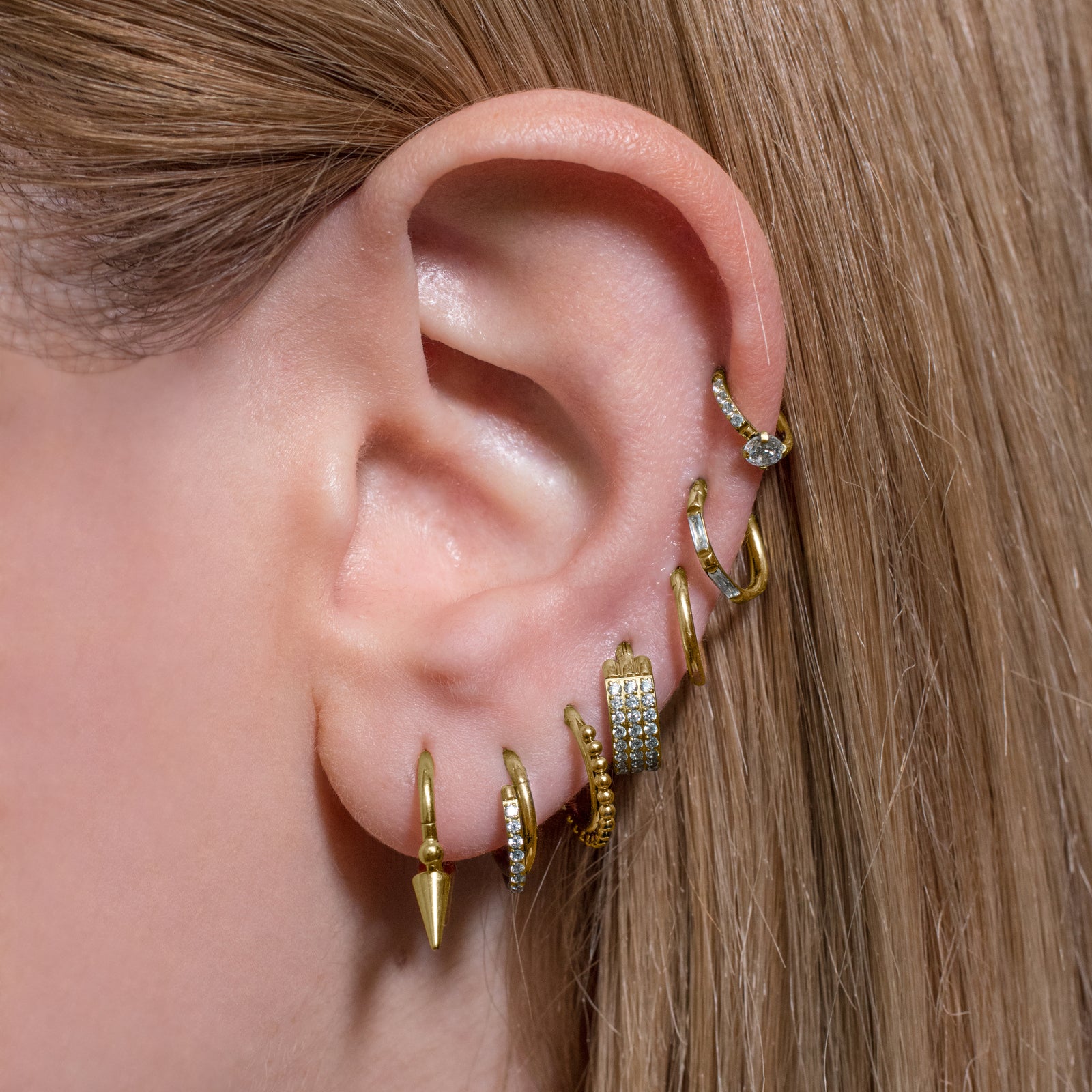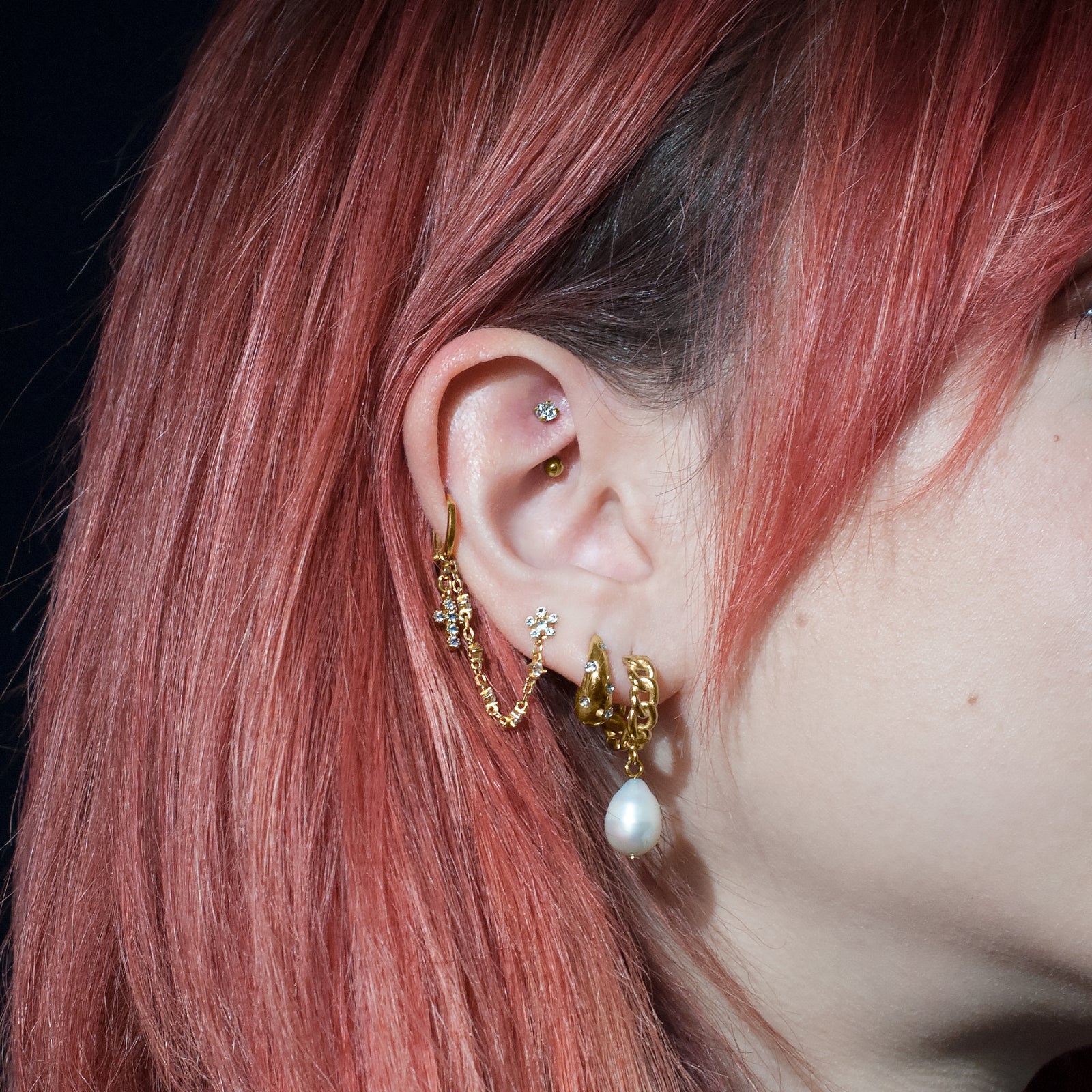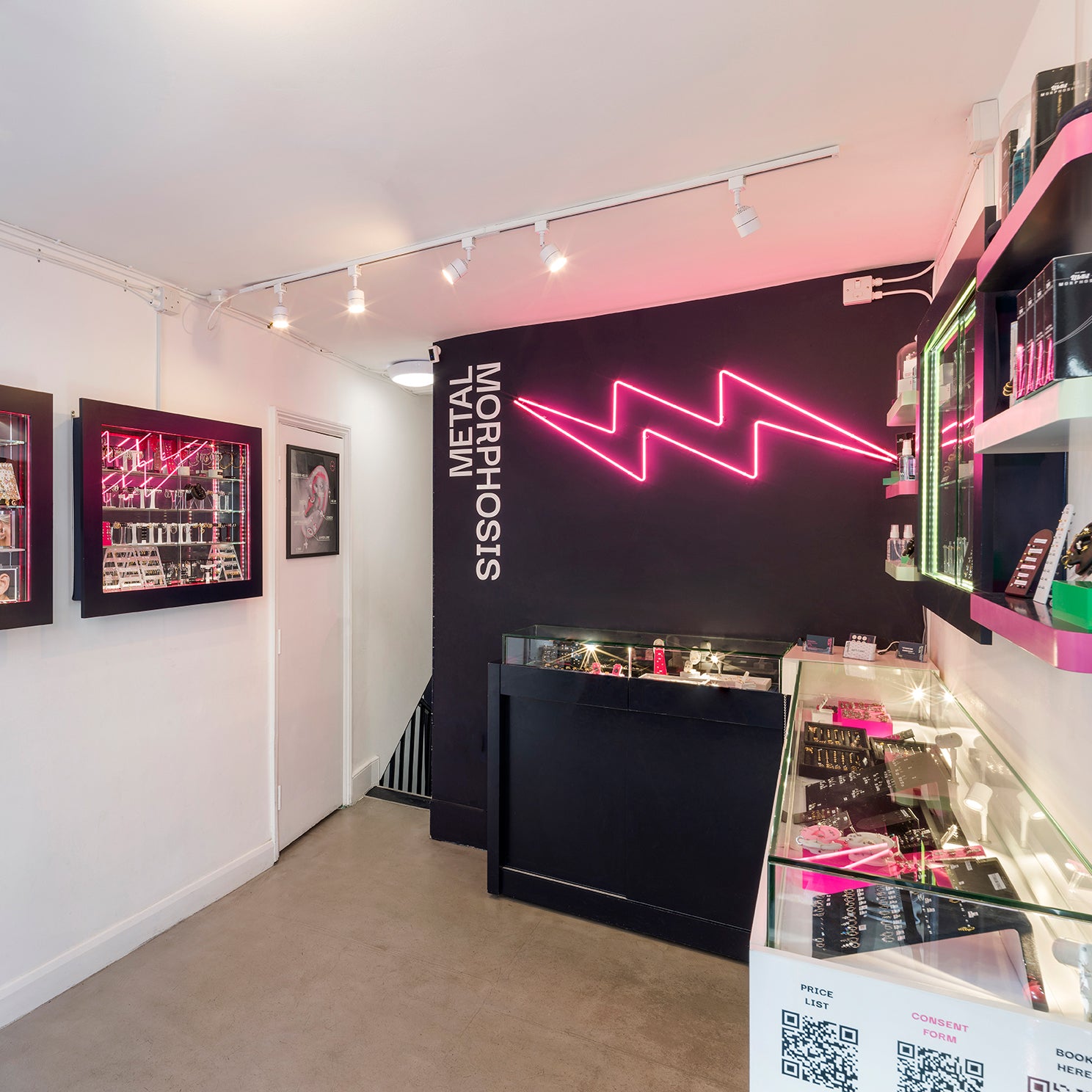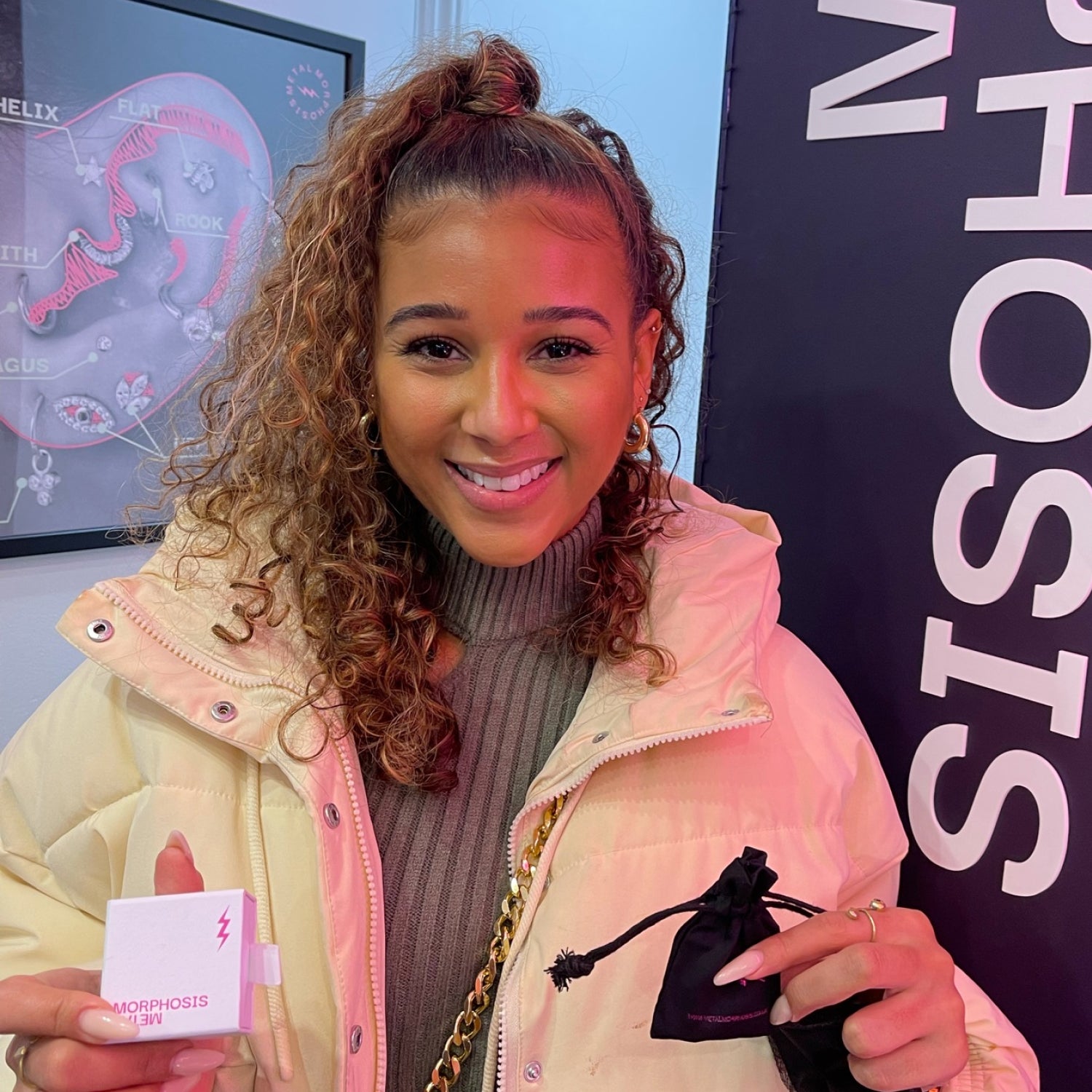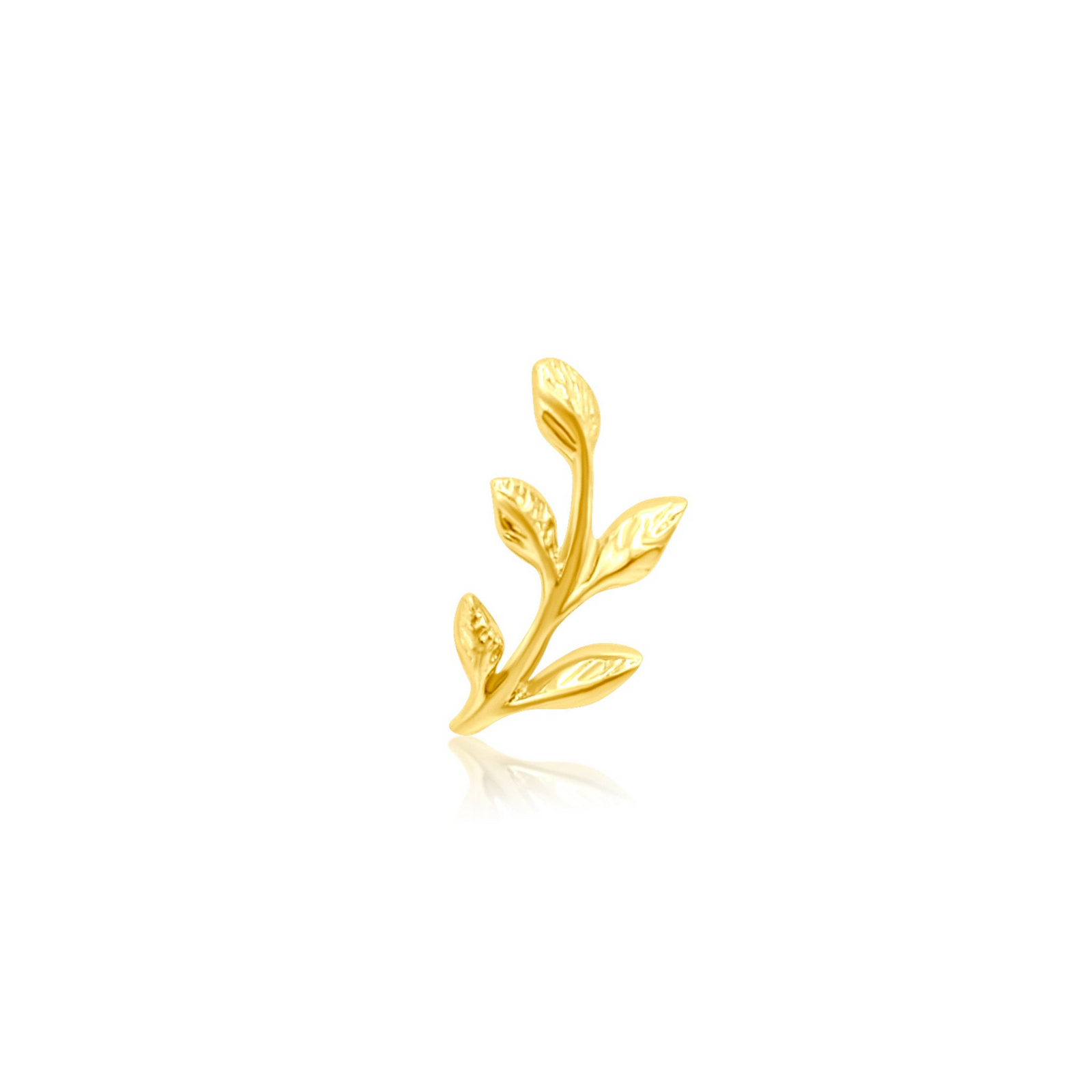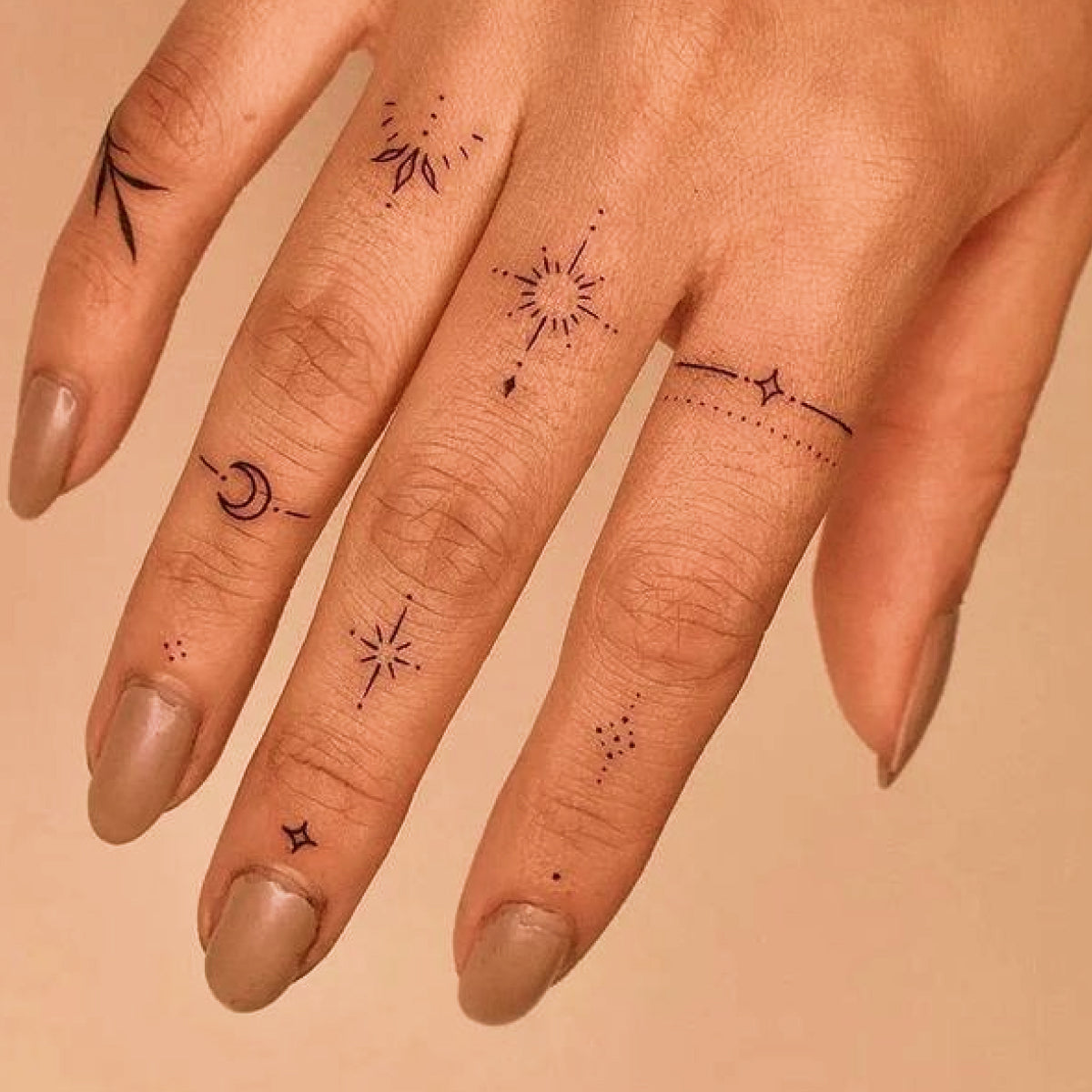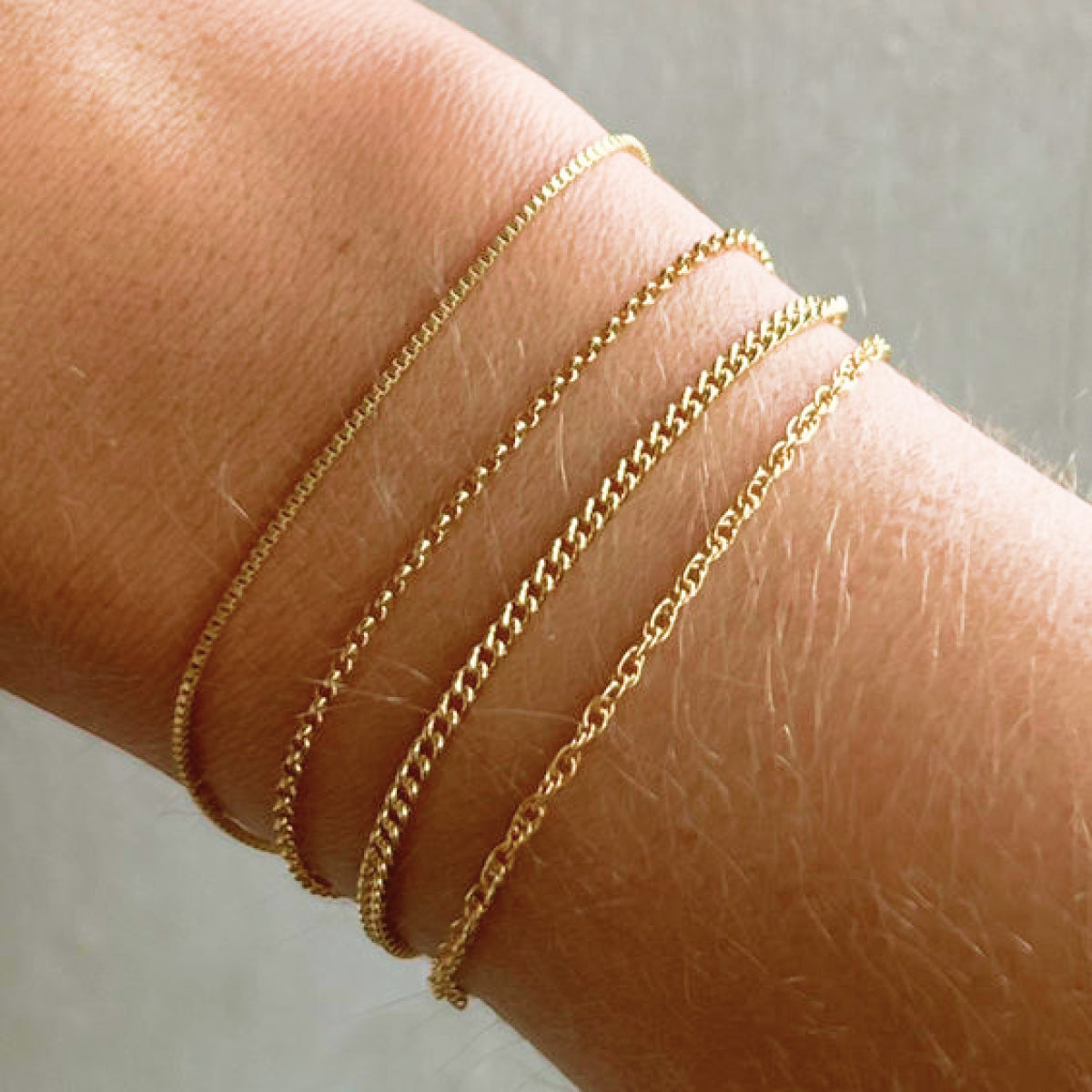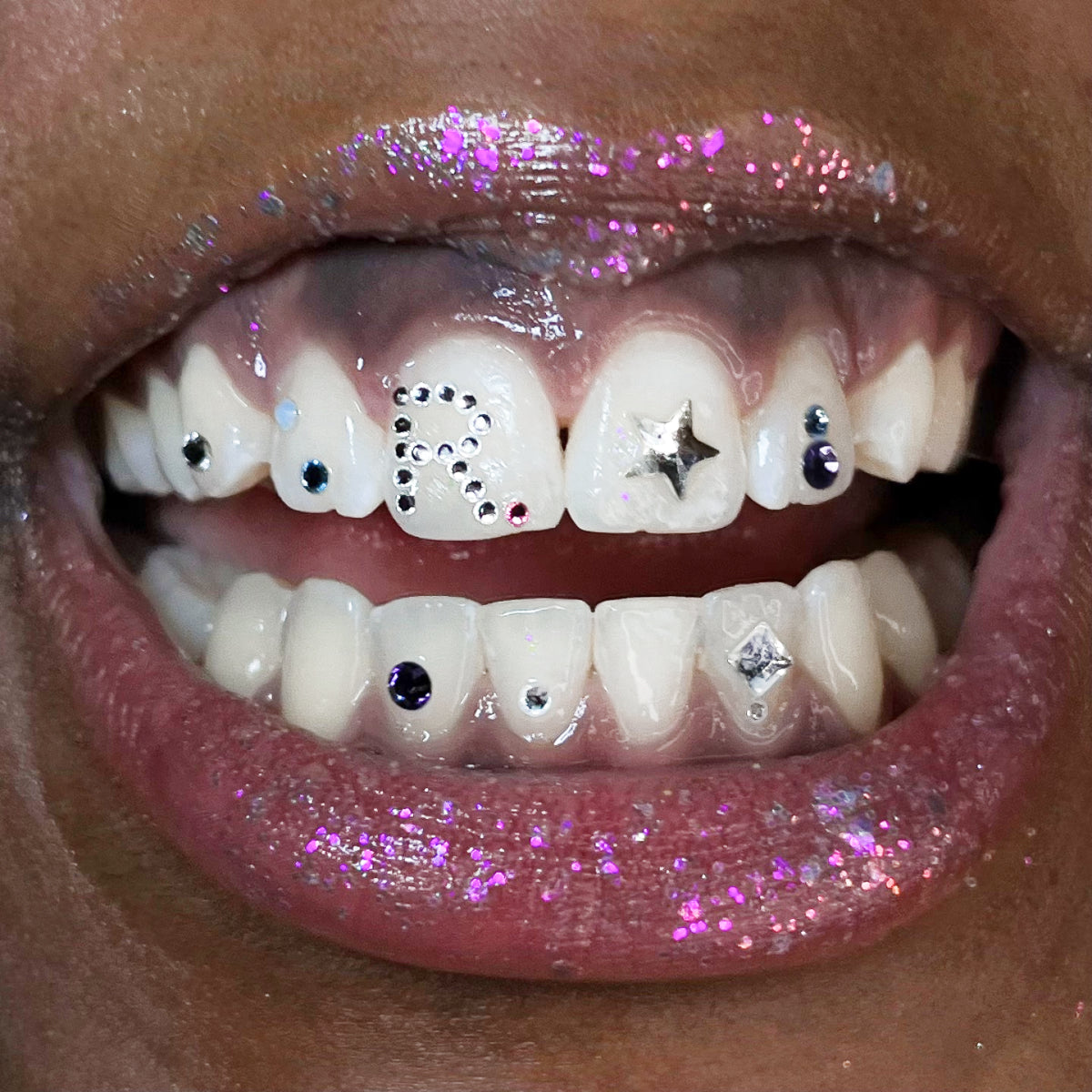Body piercings have long been a popular form of self-expression, but with popularity comes a slew of myths and misconceptions. Whether you’re considering your first piercing or adding to your collection, it’s essential to separate fact from fiction. In this post, we’ll debunk some of the most common piercing myths, providing you with the accurate information you need to make informed decisions about your body art.
Myth 1: Piercings Are Extremely Painful
The Truth: Pain is subjective, and everyone experiences it differently. However, most people describe piercing pain as a quick, sharp pinch that lasts only a few seconds. The level of discomfort varies depending on the location of the piercing. For example, ear lobe piercings tend to be less painful than cartilage or nose piercings. Professional piercers at Metal Morphosis are skilled at making the process as quick and comfortable as possible.
Myth 2: All Piercings Get Infected
The Truth: While there is always a risk of infection with any piercing, properaftercare significantly reduces this risk. Infections typically occur due to improper cleaning, touching the piercing with dirty hands, or using unsuitable jewellery. Following a strictaftercare routine, such as cleaning the piercing with saline solution and avoiding swimming in pools or hot tubs, can keep infections at bay. Remember, infections are the exception, not the rule, especially when proper care is taken.
Myth 3: You Can’t Breastfeed with Nipple Piercings
The Truth: Nipple piercings don’t usually interfere with breastfeeding. However, you must remove the jewellery during nursing to prevent any potential choking hazards for the baby. The piercing itself should not affect milk production or flow, as long as the piercing is properly placed. As always, consult with your piercer and healthcare provider if you have concerns.
Myth 4: Piercings Close Up Immediately After Removal
The Truth: The speed at which a piercing closes up depends on several factors, including how long you’ve had the piercing, the location, and your body’s healing process. Fresh piercings can close up within hours if jewellery is removed, while older piercings may take longer or may never fully close. Wearing jewellery made from certain metals can cause irritation to a level that once removed, the piercing can close over as well! So always make sure to be wearing the best possible jewellery for your piercing. It’s always best to consult with your piercer before removing jewellery if you want to keep the piercing open. Clear and skin tone glass retainers are a great solution for hiding piercings for work or should you need to have a scan, rather than removing the piercing if you’re worried about it closing or shrinking over, just visit your piercer and see about retainer options.
Myth 5: You Can’t Pierce Cartilage Safely
The Truth: Cartilage piercings, such as those in the upper ear or nose, are common and generally safe when performed by a professional using the correct technique. The myth likely stems from the fact that cartilage piercings can take longer to heal and may require more diligent aftercare compared to softer tissue piercings like the earlobe. Choosing an experienced piercer and following their aftercare instructions can help ensure a smooth healing process.
Myth 6: Piercings Are Permanent
The Truth: While piercings can leave a small scar, many are not truly permanent. If you decide you no longer want a piercing, simply removing the jewellery will allow the hole to shrink down or close up over time. The length of time it takes for a piercing to close depends on its location and how long you’ve had it. Some piercings, particularly in areas with thicker tissue like the tongue or navel, may leave a more noticeable mark, but the piercing itself is not permanent. If you have had your piercing for a long time and the channel around the jewellery has become very stable it is likely that the channel will only shrink down and can be reopened by a piercer should you wish to wear jewellery again.
Myth 7: Cheap Jewellery Is Just as Good as High-Quality Jewellery
The Truth: The saying "you get what you pay for" is especially true forpiercing jewellery. Cheap metals can cause allergic reactions, irritate the skin, and increase the risk of infection. Investing in high-quality jewellery made from materials like titanium, or 14ct and above gold is crucial for a healthy piercing and a comfortable experience. At Metal Morphosis, we always recommend using the best materials to ensure your piercing stays safe and looks great.We only use high polish ASTM F136 Titanium and solid 14 and 18ct Gold from verified suppliers, all of which comes with a lifetime guarantee!
Myth 8: All Piercers Are the Same
The Truth: The skill and experience of your piercer can make a huge difference in the outcome of your piercing. Professional piercers undergo extensive training and have a deep understanding of anatomy, hygiene, and technique. This expertise ensures that your piercing is placed correctly, minimising the risk of complications. It’s essential to choose a reputable studio, like Metal Morphosis, where you can trust the piercers to deliver safe and stylish results.
Trust the Piercing Experts at Metal Morphosis
Piercings are a fantastic way to express yourself, but it’s important to approach them with accurate information. Don’t let myths and misconceptions deter you from getting the body art you desire. By understanding the facts and choosing a professional piercer, you can enjoy your piercings with confidence and peace of mind.
At Metal Morphosis, we pride ourselves on our expertise and dedication to providing our clients with thebest possible piercing experience. If you have any questions or concerns, don’t hesitate to reach out. We’re here to help you every step of the way.
